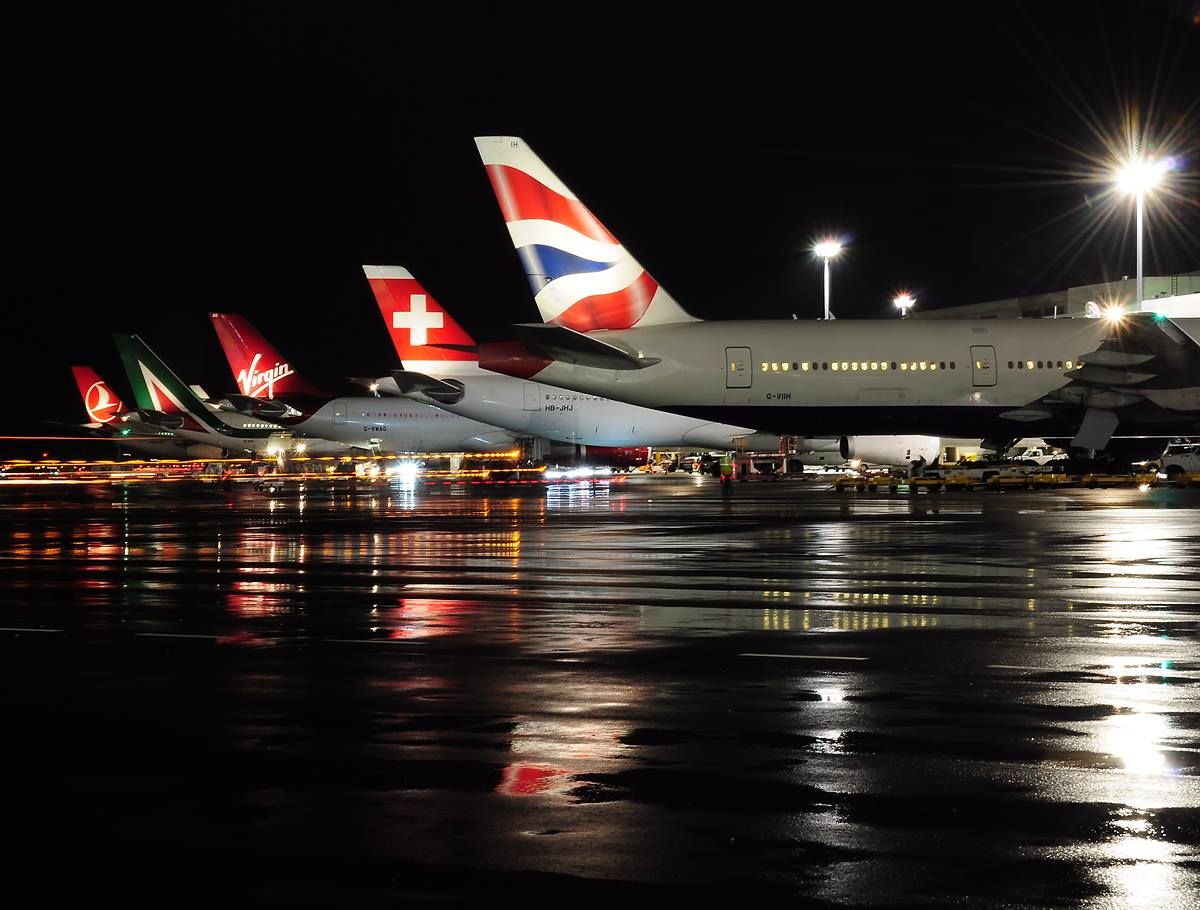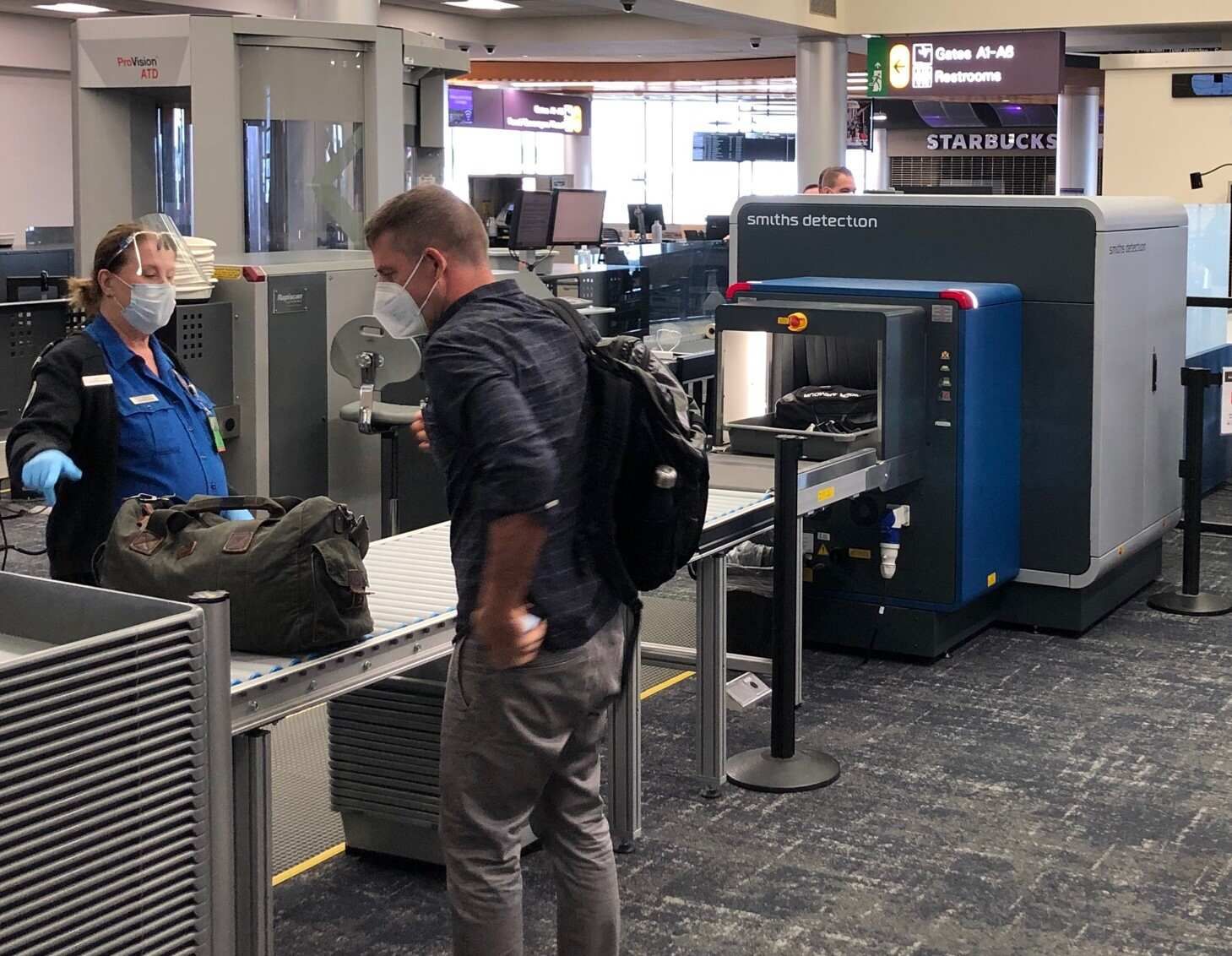The number of passengers passing through TSA checkpoints is approaching two and a half million per day and nearing pre-pandemic levels. On Friday, June 24, 2,454,781 people moved through TSA checkpoints in US airports - the highest daily number since February 2020. Ahead of the July 4 holiday, officials are warning travelers to be prepared for big crowds and to plan accordingly.
Daily passenger numbers at TSA checkpoints nearing 2.5 million
While in June 2019, daily passenger numbers through Transport Security Administration (TSA) checkpoints usually exceeded 2.5 million (sometimes going as high as 2.7 million), this year, passenger numbers are bouncing between 1.9 million and 2.5 million. TSA data is updated daily, and at the time of writing, the latest is for June 28. June's busiest day so far at TSA checkpoints was Sunday, June 26, when 2,462,097 passed through, while the quietest day was June 4, when 1,981,408 passengers moved through TSA checkpoints.
Passenger numbers typically ebb and flow depending on what day of the week it is. For example, Sundays are usually busier than Tuesdays, and Fridays are typically busier than Saturdays. But that's not a hard and fast rule. Sometimes, particular days roll around that guarantee an unusually high spike in passenger numbers, and July 4 is one of those days.
Eyeing another "operational meltdown" over July 4 holiday
US airlines are already under strain as rebounding passenger demand pushes up against labor shortages and supply chain problems. Some well-publicized "operational meltdowns" have previously occurred at peak periods when factors like abnormally high passenger numbers, a spot of bad weather, employees calling in sick, and maybe an IT glitch thrown in for good measure, send flight operations spiraling downwards.
As recently as last Sunday, more than 800 flights were canceled across the US, and another 7,000 flights were delayed. It's not a problem exclusive to the US, but the sheer size of the US market means when things go belly up, the raw numbers of passengers and flights impacted are high. Ahead of the July 4 holiday, traditionally a bumper day for US airlines, Nicholas Calio, President and CEO of Airlines for America, a trade group representing US airlines, wrote to US Secretary of Transportation Pete Buttigieg to give him the heads-up about another possible meltdown over the upcoming holiday.
Even the US Transportation Secretary isn't immune from the problems the airlines face. Mr Buttigieg's flight from Washington DC to New York was recently canceled, forcing him to drive. The horror.
Some pre-emptive finger pointing ahead of the July 4 holiday
In the June 24 letter, Mr Calio said his member airlines were doing everything they could to ensure reliable operations over the July 4 holiday, saying airlines have been proactive and nimble in their planning. That includes trimming schedules, hiring more people, and increasing ticket flexibility to allow for last minute flight changes. But Mr Calio also laid the groundwork for blaming other parties in the event of any meltdown. On his radar was air traffic control (ATC) which he says was responsible for at least 33% of all recent cancelations.
It's probably true. But in the complex game of finger-pointing and attributing blame, the ATC corner of the aviation industry isn't appreciating the attention. The Federal Aviation Administration (which operates the big ATC towers around the US) hit back, saying the airlines need to take responsibility for their own shortcomings - which is a fair point.
A big upcoming holiday and passenger numbers soon to pass the 2.5 million mark is a potent mix. There's work underway to pass the buck if things go wrong. In the middle of it all, there's one good piece of advice coming out of the TSA ahead of July 4 - get to the airport early if you are flying.


